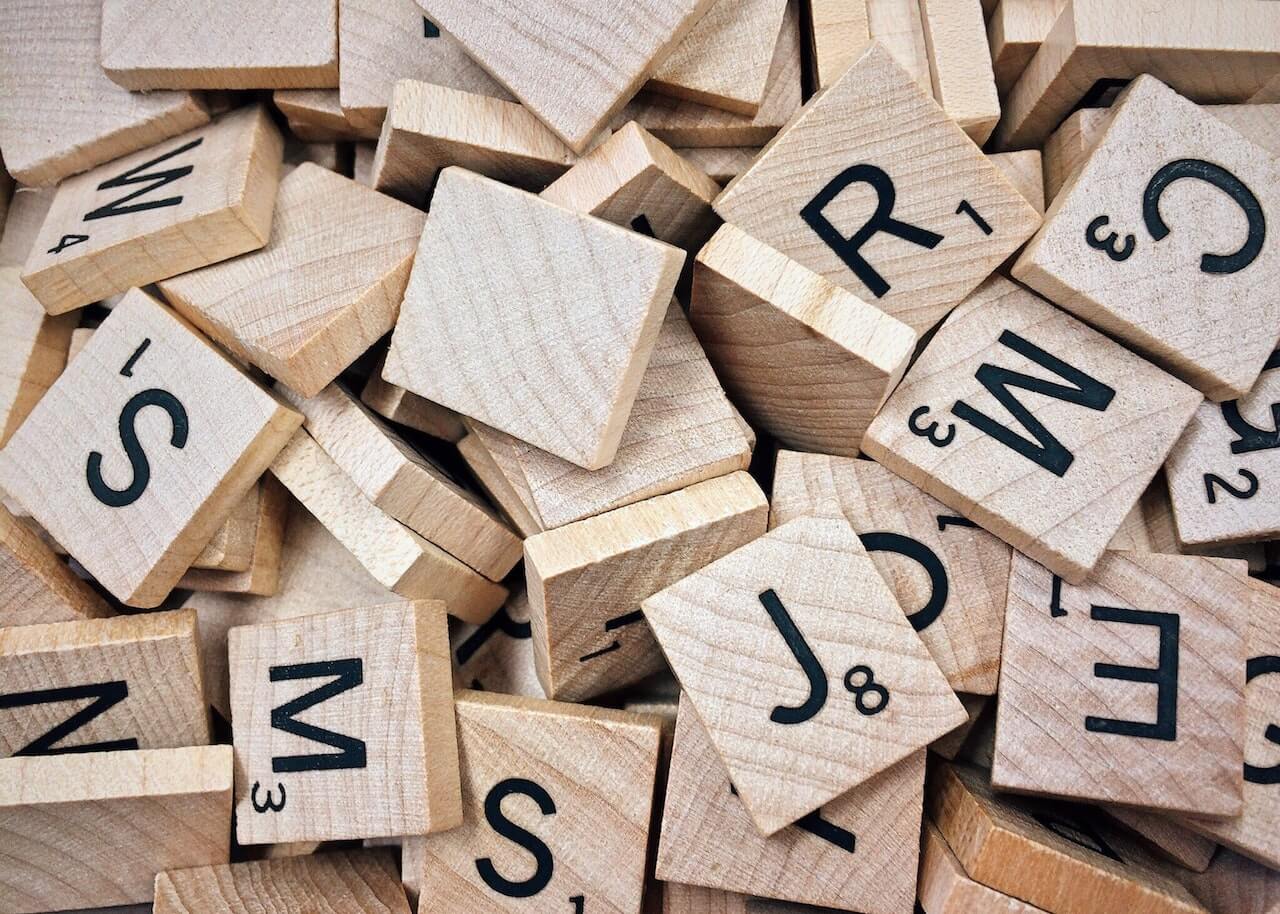Gamification in the classroom. The what and why
Gamification adds an element of fun to the learning process and can help keep learners engaged. Incorporating rewards into a learning program can also provide motivation for learners to progress through the content.

Gamification adds an element of fun to the learning process and can help keep learners engaged. Incorporating rewards into a learning program can also provide motivation for learners to progress through the content – studies have even shown that game-based instruction can improve problem-solving, critical thinking, and attention span in learners of all ages. This method encourages collaboration between peers as well as individual competition which helps further engagement within a learning environment. With gamification, more traditional methods of teaching are reimagined with creative solutions that make education enjoyable while still teaching important concepts.
💡 Lessons learnt: Games are proven drivers for learning
Benefits of Gamification in the classroom
Gamification helps create a more engaging and interactive learning environment for both students and teachers. This individualized approach also allows teachers to customize content based on student level of understanding or interest as they use game-based mechanics such as points, badges, leaderboards and levels to motivate participation. According to engagement statistics,
- Game-based learning in higher education will experience a growth of 15.4% from 2019 to 2024 (Metaari, 2019).
- Challenge-based gamification in education leads to an increase of 34.75% in student performance (ScienceDirect, 2020).
- Furthermore, students who were educated with challenge-based gamification raised their performance by up to 89.45% compared to those who only received lectures (ScienceDirect, 2020).
- 67% of students found gamified learning more motivating and engaging than traditional courses (Intuition, 2019).
Establishing Goals: Tips to Gamifying learning
Gamification involves using game-like elements, such as points, leaderboards, badges, rewards, levels etc., to make the learning experience more engaging and immersive. One of the most common examples of how gamification can be used to structure activities is through point accumulation. Points are given for completing tasks or achieving goals within a course or activity. These points could then be tracked on a leaderboard which visibly shows progress and encourages healthy competition between players. This adds another layer of motivation for students as they work towards outscoring their peers or being at the top of the leaderboard!
Badges are another way that gamification techniques can be applied to structuring activities. Badges are earned by accomplishing specific tasks within a course/activity and are often displayed on profiles so others can recognize an individual’s achievements. Badges not only encourage engagement with content but also act as tangible rewards when gained; this links into one of the key principles behind creating enjoyable gaming experiences - games need to provide users with rewarding outcomes from playing them (the reward doesn't have to necessarily always be physical). The use of levels has also become increasingly popular when it comes to "gamifying" educational content; these come in many forms but typically involve having multiple stages/tiers within an activity (e.g beginner level 1 > advanced level 5). As each student progresses through these levels they gain more expertise and are able to solve tougher tasks in the subject field thus giving students an entertaining way to comprehend key concepts.
Gamification techniques in the classroom can be highly effective in engaging students, helping them apply knowledge to real-life situations, and incentivizing their learning progress. By understanding the basics of how gamification works and why it is beneficial for teaching, educators can ensure that these techniques are implemented successfully so that all students benefit from them.

Adiutor
Adiutor means "helper" - we do just that, by taking a load of your school administration and helping you focus on what matters most: the kids.
